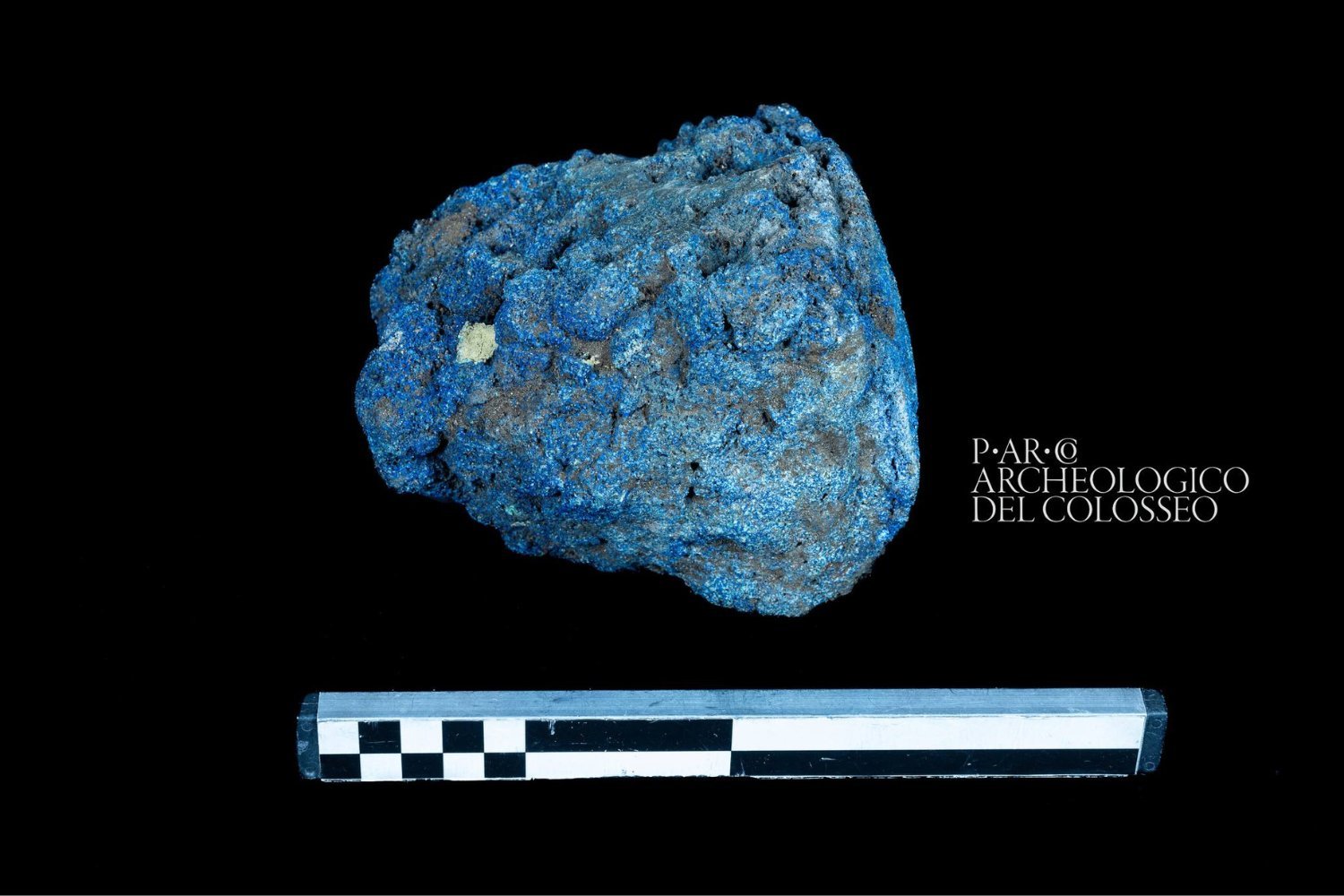The discovery of this ancient synthetic pigment highlights the impressive artistry of Rome’s imperial era.
The tagline implies credit to Rome when it’s called “Egyptian Blue,” but says this deep in the article:
Unlike yellow and red ocher, Egyptian blue is a synthetic color achieved by heating a mixture of limestone, chemical compounds, and copper-containing minerals. Its earliest production and use dates back over 5,000 years ago to ancient Egypt; in Roman times, the pigment was produced in southern Italy. In fact, it’s the oldest synthetically-made color known to scientists. Archaeologists typically discover the ancient remnants of Egyptian blue pigment in the form of powder or tiny spheres, but the rarity of the recent specimen lies in its size: a whopping 5.29 pounds (2.4 kilograms).



Technically you’re correct, but it implies that it was Roman in a quickly read headline.
I mean… this piece is literally Roman and made in Italy and they found it in Nero’s palace. The technique didn’t stay in Egypt.
So this specific piece of Egyptian Blue is Roman.